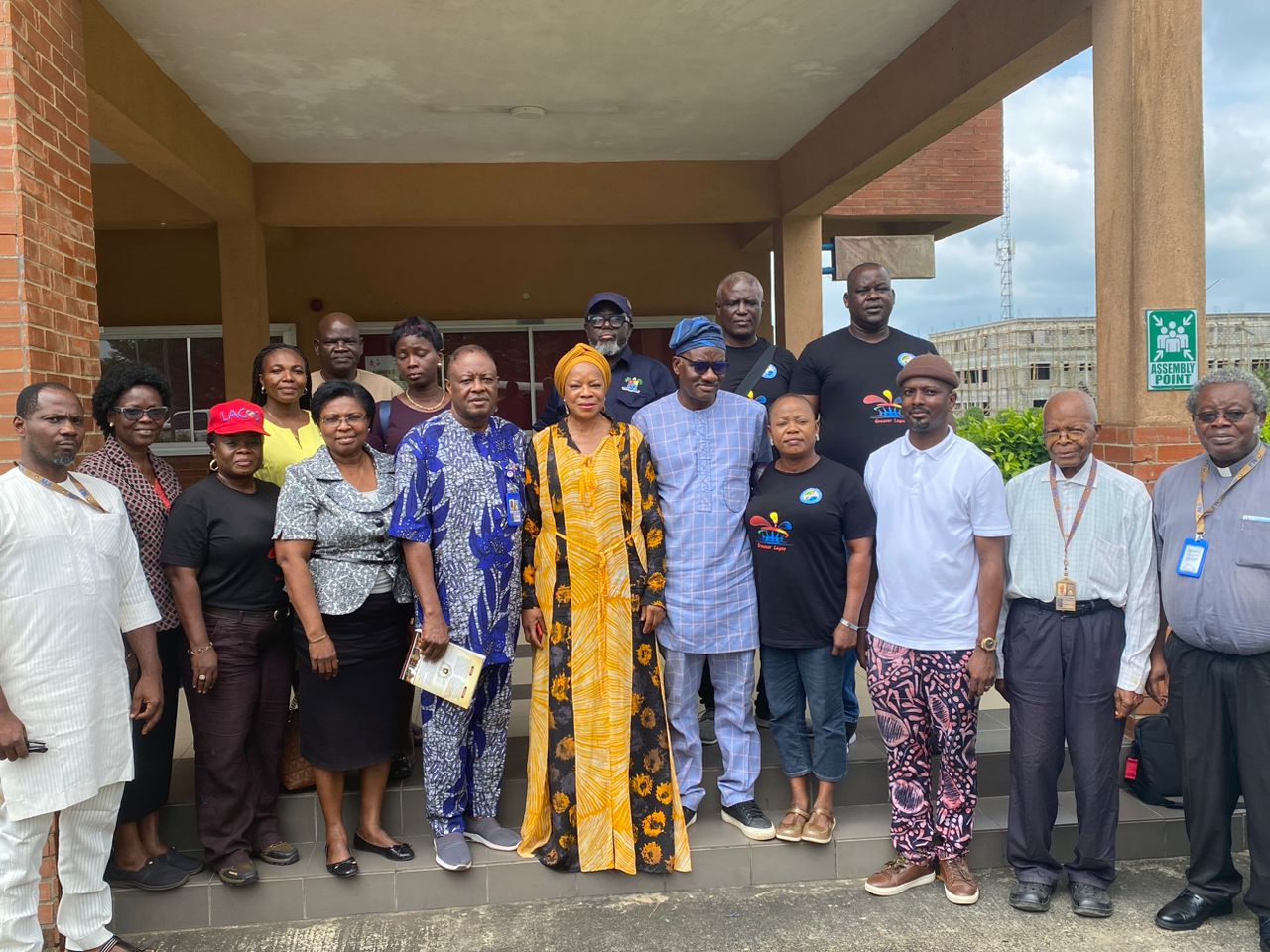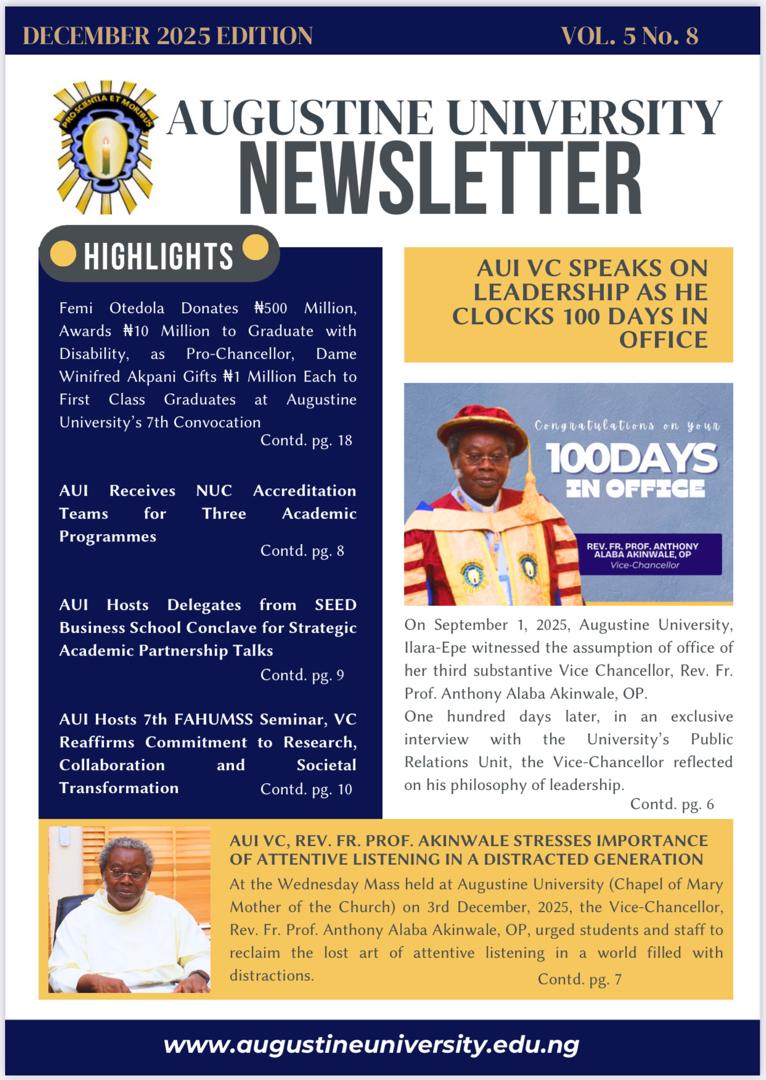Cultural Preservation: Lagos Ministry of Tourism, Arts, and Culture Tours Augustine University’s Sungbo-Eredo Archeological Site In a significant follow-up to the LiDAR Data Presentation Workshop held on the 5th and 6th of August, 2024, the Permanent Secretary of the Lagos State Ministry of Tourism, Arts and Culture, Mrs Toyin Atekoja, alongside her team, toured the historic Sungbo-Eredo archaeological site located on the campus of Augustine University, Ilara-Epe, Lagos State. The courtesy visit began with a warm reception from the University's Management team, led by Vice-Chancellor, Professor Christopher Odetunde, along with other senior University officials. During the meeting, discussions focused on the University’s ongoing efforts to preserve and promote Sungbo-Eredo, one of the most important cultural heritage sites in West Africa. Following the formal reception, the Ministry of Tourism, Arts and Culture team embarked on an in-depth tour of the Sungbo-Eredo site within Augustine University’s grounds. Spanning over 2 kilometers, the section of the monument located on the University campus is the safest and best-preserved portion of the extensive ancient earthworks, which cover over 160 kilometers in total. The LiDAR survey data, presented at the August workshop, was critical in uncovering and documenting these key sections of the monument. Augustine University has taken great care to safeguard and preserve this part of Sungbo-Eredo, reinforcing its commitment to cultural preservation. The Permanent Secretary expressed admiration for Augustine University's role in not only preserving the monument but also actively contributing to the research and promotion of this important cultural heritage. Mrs. Atekoja and her team then extended their tour to the Sungbo-Eredo archaeological site at Eredo community, where they were guided through the monumental earthworks in their broader context. The visit to Eredo provided an opportunity to explore more of the ancient walls and ditches, further illustrating the vastness and historical significance of the site.


).png)

.png)
